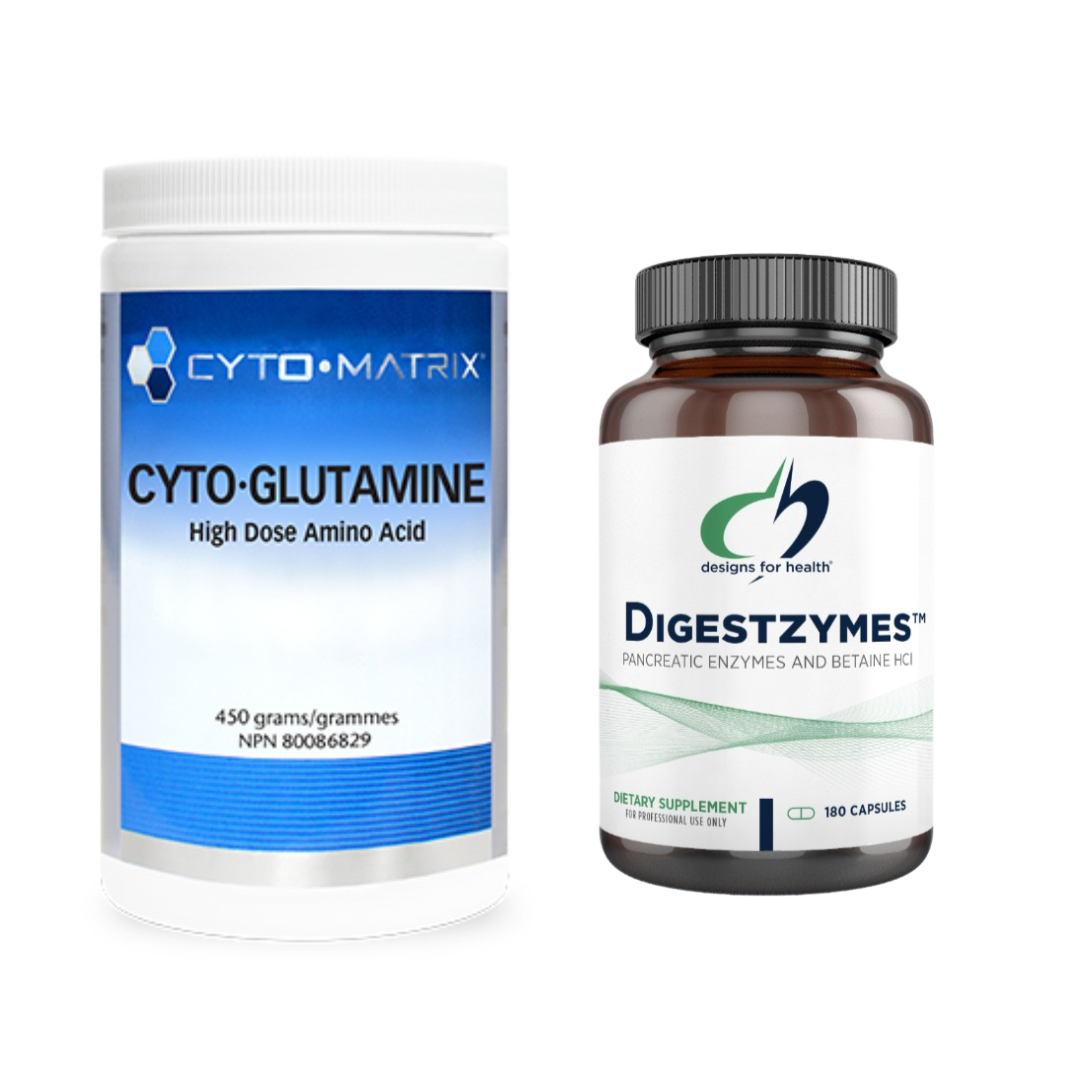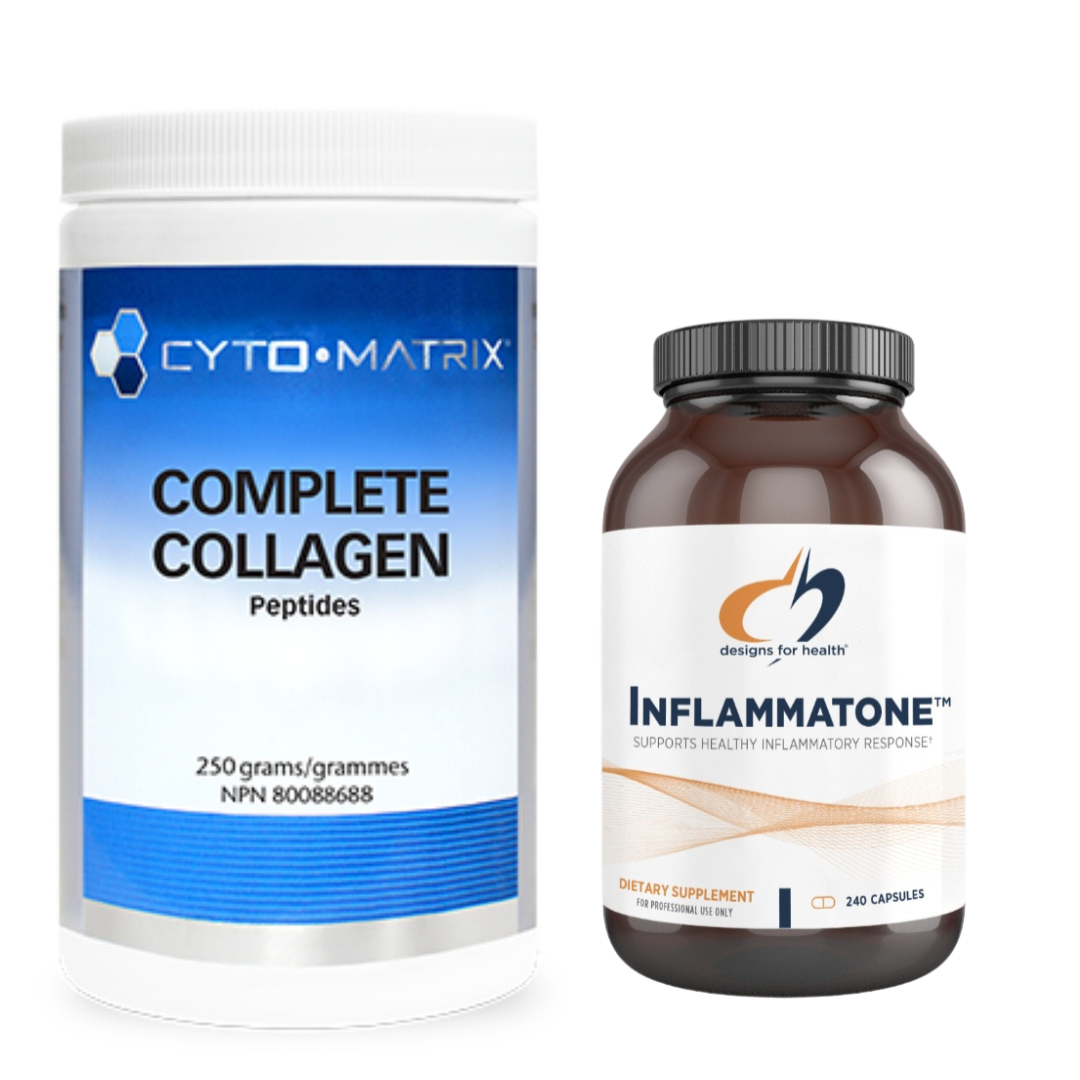Histamine is a bioactive or “vasoactive” amine produced in the body in response to an injury or foreign substance. It has an array of physiological effects, including increasing blood supply to specific sites in the body. In addition, histamine is involved in the immune response, regulation of gastric acid, permeability of blood vessels, contraction of muscles, and the normal response to inflammation. The highest concentrations of histamine in the body are found in the gastrointestinal tract, lungs, and skin, with lesser amounts in the brain and heart.
Histamine is not only produced in the body but is also present in many fermented foods, such as sauerkraut, sausage, cheese, yogurt, and alcoholic beverages. Tuna, olives, spinach, eggplant, avocados, tomatoes, cherries, and citrus fruits are other histamine-containing foods. Despite their absence of histamine, some foods, such as berries, tea, and a variety of spices, stimulate the endogenous production of the amine due to their benzoate content. In addition, microbial fermentation can convert the histidine in high-protein foods to histamine so that the histamine content of food can increase over time.
Histamine/DAO balance Endogenous and exogenous histamine must be broken down in order to maintain homeostasis and histamine balance. The enzyme diamine oxidase (DAO) degrades histamine by converting it from 2-(4-imidazolyl)-ethylamine to the inactive metabolite imidazole acetaldehyde. The active ingredient in HistDAO is porcine-derived diamine oxidase, and research suggests that DAO derived from porcine kidney appears to have identical action to DAO derived from porcine intestine.[3] In humans and other mammals, DAO is found in high concentrations in the gastrointestinal mucosa. Animal studies suggest that circulating DAO may be a marker for mucosal integrity and maturity.[4] Certain drugs may affect histamine balance in
the body by promoting histamine release or inhibiting DAO.
Medical Ingredient
(Source Information) Medicinal ingredient Quantity per 1 tablet, delayed release
Sus scrofa (Pig) ..............................................................................................4.2 mg (Sus scrofa - Kidney)
Diamine oxidase .............................................................................................................................20000 HDU
Non-Medicinal Ingredients
Microcrystalline cellulose, Hydroxypropylcellulose, Potato starch, Magnesium stearate, Hydroxypropylmethylcellulose, Stearic acid, Sodium alginate, Purified water, Ethylcellulose, Ammonium hydroxide, Medium chain triglycerides, Oleic acid.







